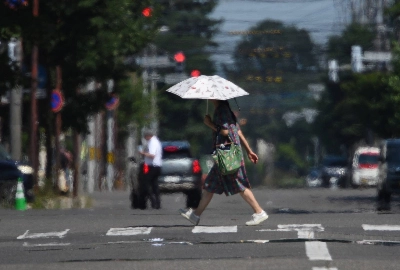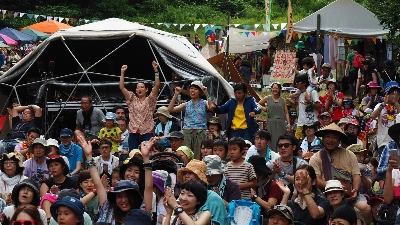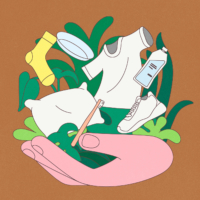If you are an older chubby man with a receding hairline and facing nothing but a decline into old age and death, there's always the work of Zen monk Sengai Gibon (1750-1837) to fall back on.
Entering the monastic life at the age of 10, according to scholar of Zen art Stephen Addiss, Sengai became the abbot of Shofukuji Temple, Japan's oldest Zen monastery, in 1790. During the following 20-plus years of his appointment, as well as being a devoted servant of the temple, Sengai was prolific in creating sketches combined with pithy observations and poems. Of these works, he wrote, "this play of mine with brush and ink is neither calligraphy nor painting," and, speaking from a strictly illustrative point of view, the charm of Sengai's work does not come from refined techniques or careful composition, but more from an informality closer in spirit to doodling.
As a key symbol in Zen, the ensō circle crops up a few times in the Idemitsu Museum of Arts' latest exhibition of its extensive Sengai collection. Charged with significance, the ensō is a single brushstroke that exemplifies the idea that the profound and universal can be found in simplicity. One depiction of a lopsided circle painted with one brush stroke has the caption "What is this? I ate it with one bite," suggesting that the drawing is not an existential exploration into nothingness, but of a manjū cake.

















With your current subscription plan you can comment on stories. However, before writing your first comment, please create a display name in the Profile section of your subscriber account page.